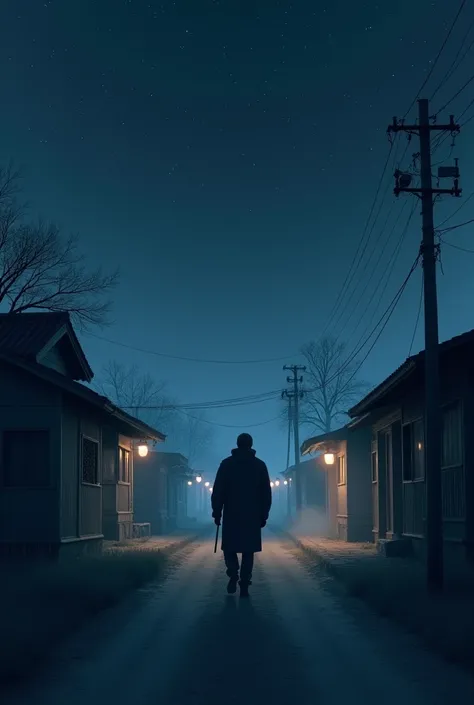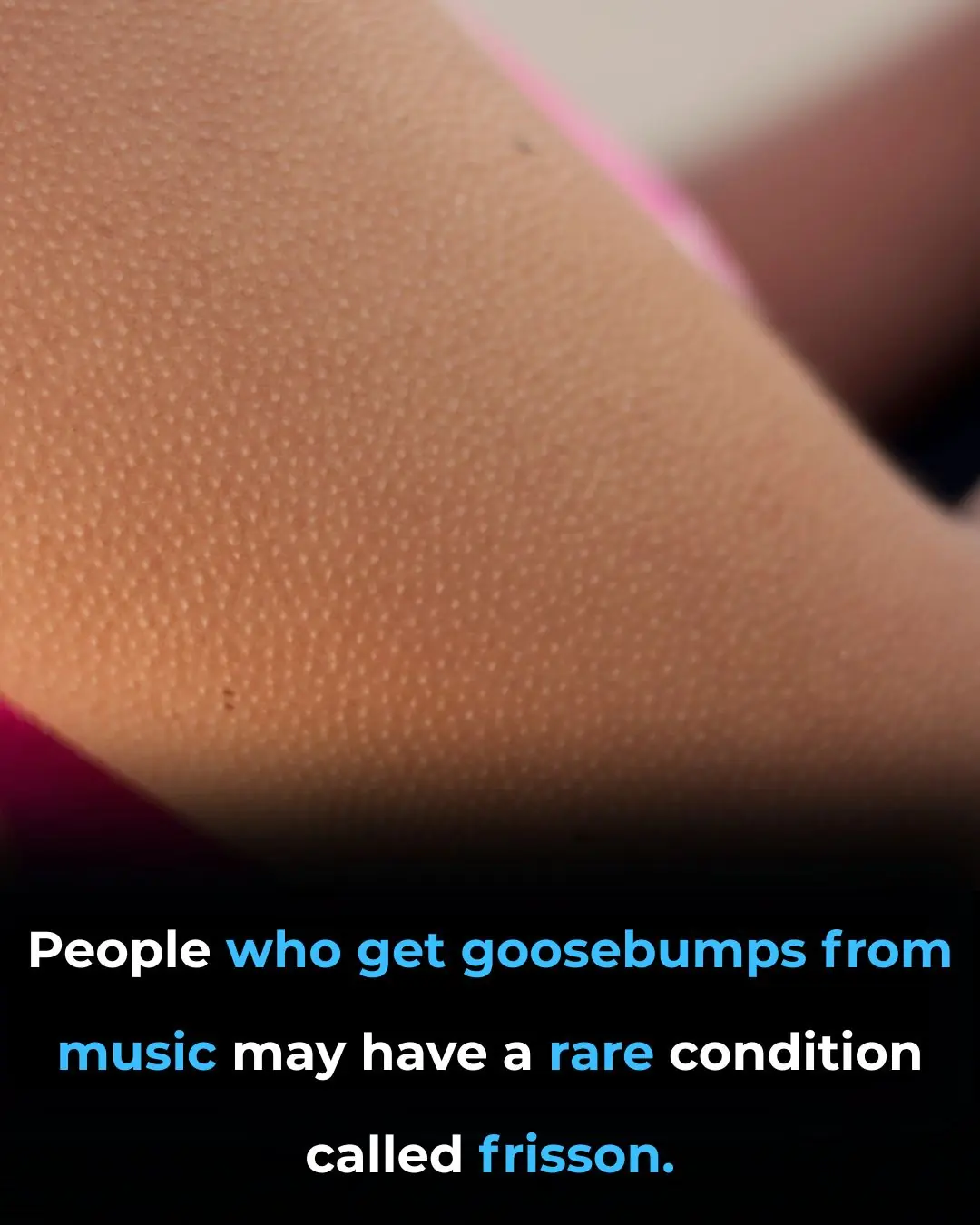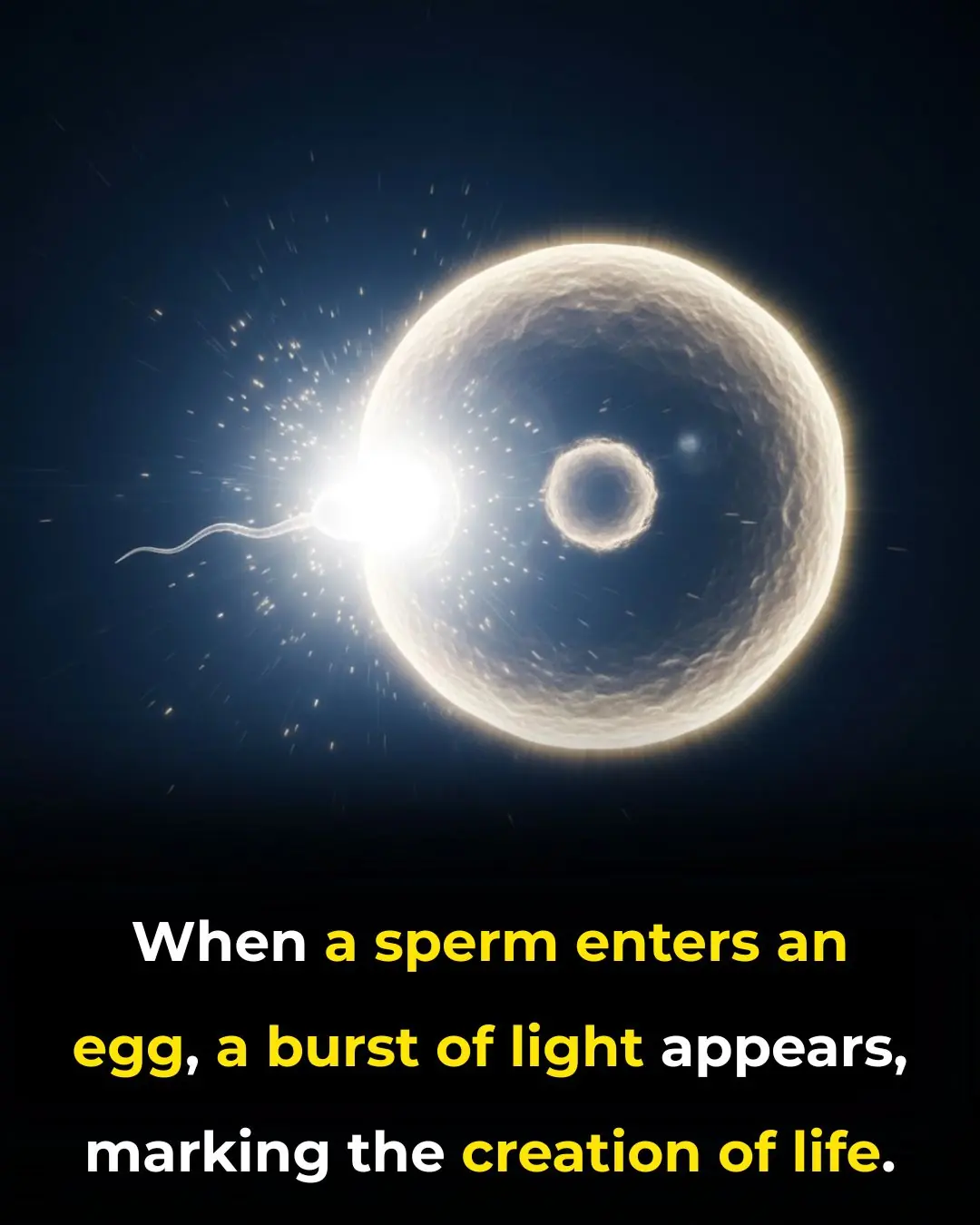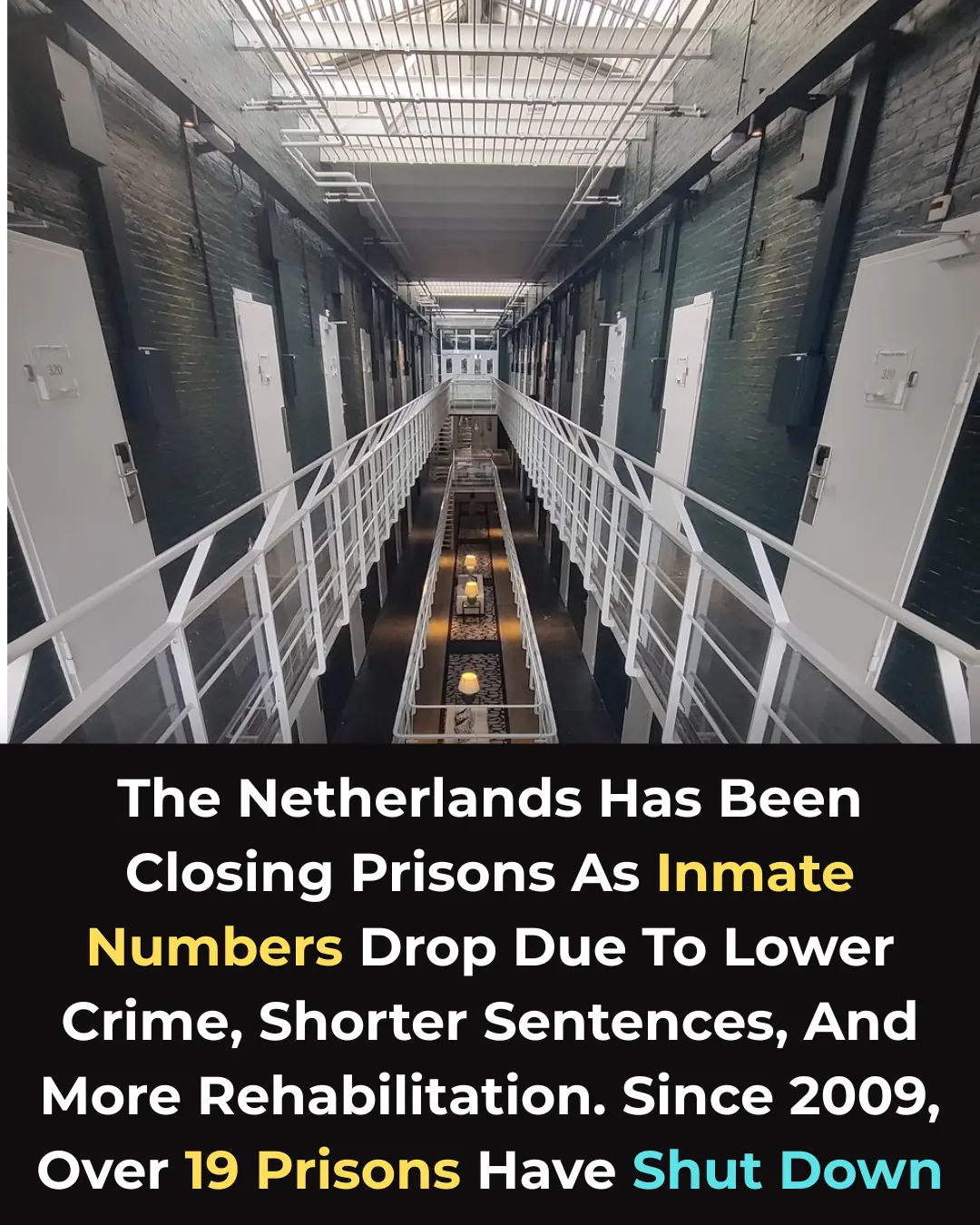
Utqiaġvik’s Polar Night: Sixty-Seven Days Without a Sunrise in Alaska’s Northernmost City
Barrow, Alaska—officially renamed Utqiaġvik in 2016—undergoes one of the most striking seasonal events found anywhere on Earth: the annual polar night. This natural phenomenon is the result of the town’s position above the Arctic Circle at approximately 71° North latitude, placing it within a region that experiences extreme variations in daylight throughout the year. According to the National Snow and Ice Data Center (NSIDC, 2023), communities at this latitude can experience prolonged periods when the sun remains continuously below or above the horizon depending on the season.
Each winter, the sun sets in mid-November and does not rise again for roughly two months. In the 2025–2026 winter season, the sun will set on November 18, 2025, and will not reappear until January 22, 2026, creating a span of about 67 days without a sunrise. While this is commonly described as “total darkness,” scientists clarify that the term is somewhat misleading. Because of atmospheric scattering, Utqiaġvik still receives civil and nautical twilight around midday, meaning residents experience a faint blue-tinged light for several hours depending on cloud cover and snow conditions. The National Weather Service (NWS–Alaska Region) and U.S. Naval Observatory routinely track and confirm these annual light cycles.
The occurrence of polar night is caused by Earth’s axial tilt of approximately 23.5 degrees, which positions the Arctic region in continuous shadow during the northern hemisphere winter. NASA explains that as the Earth orbits the Sun, the tilt prevents sunlight from reaching areas above the Arctic Circle for extended periods (NASA Earth Observatory, 2022). This same mechanism produces the opposite phenomenon in summer—known as the midnight sun—when Utqiaġvik experiences over 80 consecutive days of constant daylight.
Utqiaġvik is the northernmost city in the United States, and its unique solar patterns have made it a focus of scientific research in fields ranging from atmospheric studies to human health. Medical experts have examined the effects of prolonged darkness on well-being, particularly the potential link to Seasonal Affective Disorder (SAD), a depressive condition influenced by reduced exposure to natural light. The Mayo Clinic (2024) and National Institute of Mental Health (NIMH) note that while SAD involves multiple contributing factors, limited daylight can disrupt circadian rhythms and melatonin levels, increasing vulnerability in some individuals.
Despite these challenges, residents of Utqiaġvik are accustomed to the seasonal rhythm and have developed cultural and practical adaptations, including community activities, artificial light strategies, and winter traditions that celebrate resilience in one of the most extreme inhabited environments on the planet. The polar night remains both a scientific point of interest and a defining feature of life at the top of the United States.
News in the same category


The Curious Story Behind "Ancient Lights" in UK Property Law

California’s Solar-Canal Initiative: A Game-Changer for Clean Energy and Water Conservation

Nevada Teen Shows Extraordinary Love, Buys Mom a Chevrolet Metro

The Greenland Shark: A Creature That May Have Lived Through the 1600s

Steve Ballmer’s $170 Million Annual Commitment to Early Childhood Education in Washington State

Why Germany’s Animal Shelters Are Virtually “No‑Kill” — And How the Law Makes It So

Steven Pruitt and the Power of Volunteer Knowledge

Frisson: The Science and Sensation of Goosebumps from Music and Art

A Ride for Hope: How One Afghan Father Is Transforming His Daughters’ Future

When Life Begins With a Flash: Understanding the Zinc Spark Phenomenon

From Endangerment to Recovery: The Remarkable Journey of the Haleakalā Silversword

Closing Prisons, Strengthening Communities: The Netherlands’ Remarkable Shift

The Quiet Billionaire: How Epic Systems’ Founder Is Donating Nearly All Her Wealth

A Remarkable Encounter: How a Sparrow’s Nest Was Left Standing Amid 200 Fallen Plants

Innovative Mobility: Denmark’s Mobile Markets Enhancing Food Access for Seniors

Revolutionary Miniature Implant Offers New Hope for Restoring Vision in Macular Degeneration Patients

A Simple Superfood That Enhances Your Baby's Brain Development During Pregnancy
News Post

Top 5 drinks to INSTANTLY improve leg circulation and blood flow

Doctor says this is the #1 supplement to take if you have arthritis

Why Your Legs Cramp At Night And How To Stop It From Happening

What happens when you start eating chia seeds every day

The Plant That Kills Cancer Cells, Stops Diabetes And Boosts Your Immune System!

How to treat nerve pain in the foot, toes & legs

Headache Above or Behind the Left Eye: Causes and Treatments

5 Deficiencies Almost Everyone Has (And Doesn’t Know About)

Eggs and Coffee: A Surprisingly Powerful Breakfast Combination

Boost Your Immune System Year-Round with Garlic, Onion, and Lemon

Fig Sap (Ficus carica): Uses, Benefits, and Safety Considerations

Billionaire Judy Faulkner, 82, Commits to Giving Away 99% of Her $7.8B Fortune

The Curious Story Behind "Ancient Lights" in UK Property Law

From Precarious to Prosperous: Denmark’s Approach to Entry-Level Jobs

California’s Solar-Canal Initiative: A Game-Changer for Clean Energy and Water Conservation

Nevada Teen Shows Extraordinary Love, Buys Mom a Chevrolet Metro

The Greenland Shark: A Creature That May Have Lived Through the 1600s

Steve Ballmer’s $170 Million Annual Commitment to Early Childhood Education in Washington State

Why Germany’s Animal Shelters Are Virtually “No‑Kill” — And How the Law Makes It So
